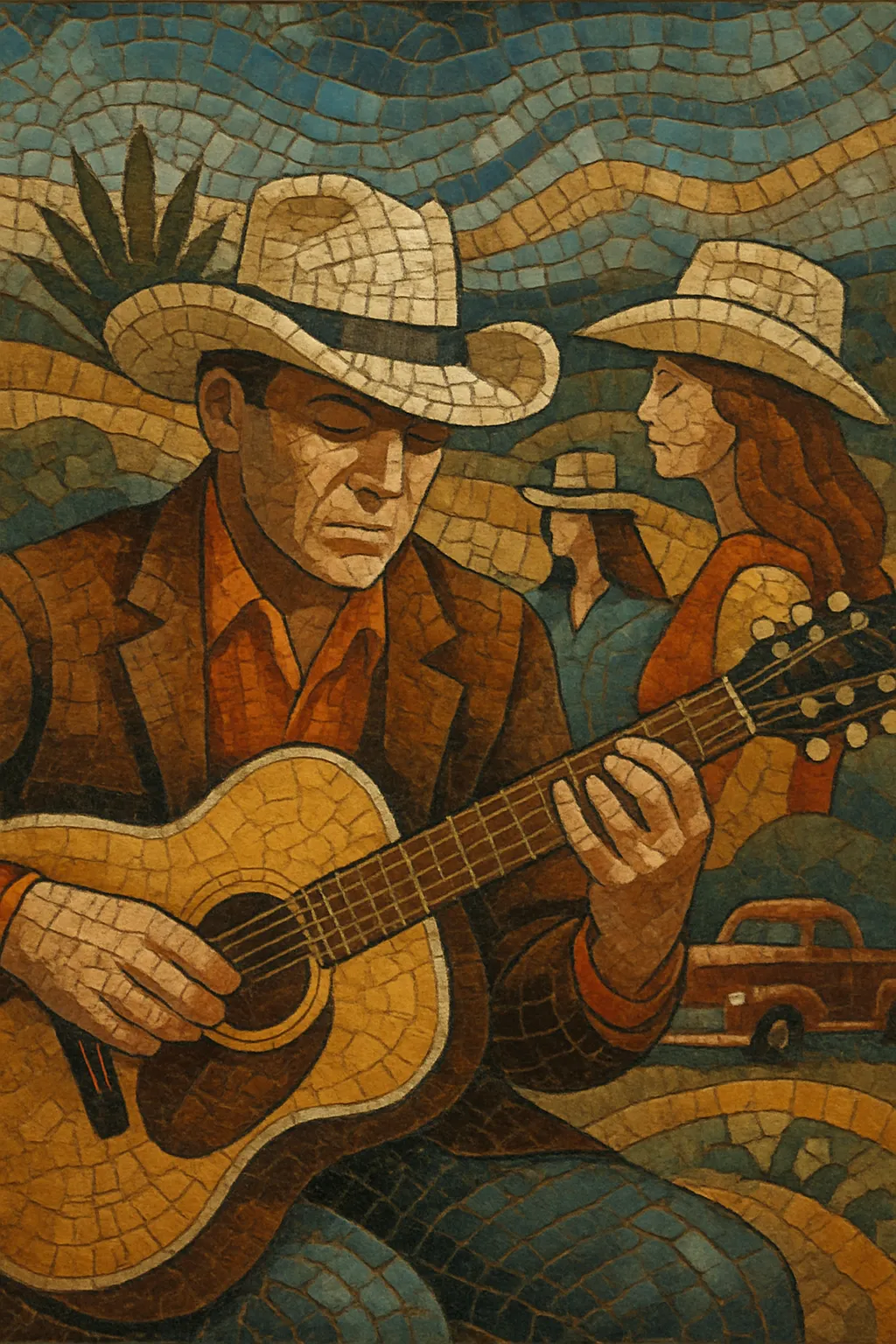
Countrypolitan is a smooth, pop-leaning branch of country music characterized by lush string arrangements, polished studio production, and crooning vocals. It deemphasizes fiddles, banjos, and honky-tonk grit in favor of orchestral textures, backing vocal choruses, and refined rhythm sections.
Developed primarily in Nashville, it was crafted by producers and session players aiming for crossover success on mainstream pop charts. Hallmarks include string sections, vibraphone or piano pads, brushed drums, "tic-tac" bass doubling, subtle steel guitar, and concise, melody-forward songwriting with sentimental, often urbane themes of love and heartbreak.
As rock and roll reshaped radio in the late 1950s, Nashville producers sought a more cosmopolitan sound to keep country music competitive on national pop playlists. Building on the emerging Nashville Sound, figures like Chet Atkins and Owen Bradley streamlined traditional country—softening twang, adding strings and vocal choruses, and favoring crooning over honky-tonk edge. This evolution coalesced in the 1960s into what critics and industry insiders called “countrypolitan.”
Countrypolitan reached full bloom through meticulously crafted singles and albums by artists such as Patsy Cline, Jim Reeves, and Eddy Arnold. Producers like Billy Sherrill carried the approach into the late 1960s and 1970s with ever-lusher arrangements for stars including Tammy Wynette and George Jones. The Nashville A‑Team session musicians standardized the sound: string sections, piano, gently strummed guitars, light percussion, and the signature tic‑tac bass. The result was a series of crossover hits that placed country artists alongside pop contemporaries on the Billboard charts.
By the late 1970s, countrypolitan aesthetics fed directly into country‑pop and, culturally, the Urban Cowboy moment. While 1980s and 1990s Nashville often pivoted toward more rock‑influenced production, the countrypolitan template—string‑sweetened ballads, smooth vocals, and radio‑first polish—remains foundational for contemporary country ballad production and crossover ambitions. Its legacy persists in modern country’s emphasis on studio sheen and broad pop accessibility.

